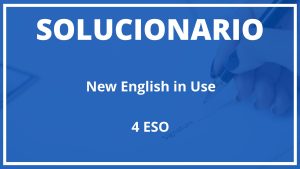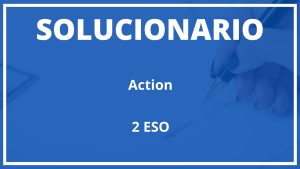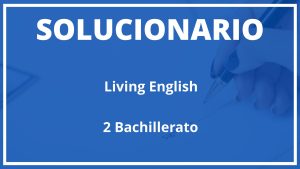
Índice de contenidos del Solucionario del Libro Ingles English in Use Burlington Books 1 ESO Photocopiable PDF
UNIT 1: Present simple and present continuous
1. Present simple of regular and irregular verbs. Affirmative, negative and interrogative forms. Use of the present simple to talk about habitual actions, states and permanent situations.
2. Present continuous of regular and irregular verbs. Affirmative, negative and interrogative forms. Use of the present continuous to talk about future plans, temporary situations and actions in progress.
UNIT 2: Past simple and present perfect
1. Past simple of regular and irregular verbs. Affirmative, negative and interrogative forms. Use of the past simple to talk about finished past actions.
2. Present perfect of regular and irregular verbs. Affirmative, negative and interrogative forms. Use of the present perfect to talk about past actions connected to the present.
UNIT 3: Present simple and present continuous for future
1. Present simple and present continuous for future. Use of the present simple to talk about future scheduled events. Use of the present continuous to talk about future arrangements.
UNIT 4: Going to for future plans and intentions
1. Going to for future plans. Use of going to + infinitive to talk about future plans.
2. Going to for future intentions. Use of going to + infinitive to talk about future intentions.
UNIT 5: Comparatives and superlatives of adjectives
1. Comparatives and superlatives of adjectives. Use of comparatives and superlatives of adjectives to compare and contrast people, things and ideas.
UNIT 6: There is / There are. Some and any
1. There is / There are. Use of there is / there are to talk about existence.
2. Some and any. Use of some and any to talk about quantity.
UNIT 7: Countable and uncountable nouns
1. Countable and uncountable nouns. Use of countable and uncountable nouns to talk about quantity.
UNIT 8: Possessive adjectives and possessive pronouns
1. Possessive adjectives. Use of possessive adjectives to show possession.
2. Possessive pronouns. Use of possessive pronouns to show possession.
UNIT 9: Can / Can’t. Could / couldn’t
1. Can / Can’t. Use of can / can’t to talk about ability and possibility.
2. Could / couldn’t. Use of could / couldn’t to talk about ability and possibility in the past.
UNIT 10: Short answers with be
1. Short answers with be. Use of short answers with be to give quick replies.
UNIT 11: Have got. Have to / Don’t have to
1. Have got. Use of have got to talk about possession, relationships and physical and mental states.
2. Have to / Don’t have to. Use of have to / don’t have to to talk about obligation, necessity and prohibition.
UNIT 12: Adverbs of frequency
1. Adverbs of frequency. Use of adverbs of frequency to talk about the frequency of actions.
UNIT 13: There is / There are. Some and any
1. There is / There are. Use of there is / there are to talk about existence.
2. Some and any. Use of some and any to talk about quantity.
UNIT 14: Present simple and present continuous questions
1. Present simple and present continuous questions. Use of present simple and present continuous questions to get information.
UNIT 15: Present simple and present continuous for future
1. Present simple and present continuous for future. Use of the present simple to talk about future scheduled events. Use of the present continuous to talk about future arrangements.
UNIT 16: There is / There are. Some and any
1. There is / There are. Use of there is / there are to talk about existence.
2. Some and any. Use of some and any to talk about quantity.
UNIT 17: Present simple questions and short answers
1. Present simple questions. Use of present simple questions to get information.
2. Short answers. Use of short answers to give quick replies.
UNIT 18: Present simple and present continuous questions
1. Present simple and present continuous questions. Use of present simple and present continuous questions to get information.
Soluciones del Libro Ingles English in Use Burlington Books 1 ESO Photocopiable PDF ?
El Solucionario del Libro Ingles English in Use Burlington Books 1 ESO Photocopiable PDF es un recurso que permite a los estudiantes de inglés de nivel básico y avanzado practicar y mejorar sus habilidades. El solucionario se puede usar de manera individual o en grupo, y está disponible en línea y en formato de libro.
El Solucionario del Libro Ingles English in Use Burlington Books 1 ESO Photocopiable PDF contiene ejercicios de gramática, vocabulario y comprensión de lectura, así como actividades de escritura y listening. Todos los ejercicios están diseñados para ayudar a los estudiantes a mejorar su fluidez y precisión en el idioma.
El Solucionario del Libro Ingles English in Use Burlington Books 1 ESO Photocopiable PDF es una herramienta útil tanto para el estudiante que está aprendiendo inglés por primera vez, como para el estudiante que necesita repasar y mejorar sus habilidades. El solucionario se puede usar de manera individual o en grupo, y está disponible en línea y en formato de libro.





